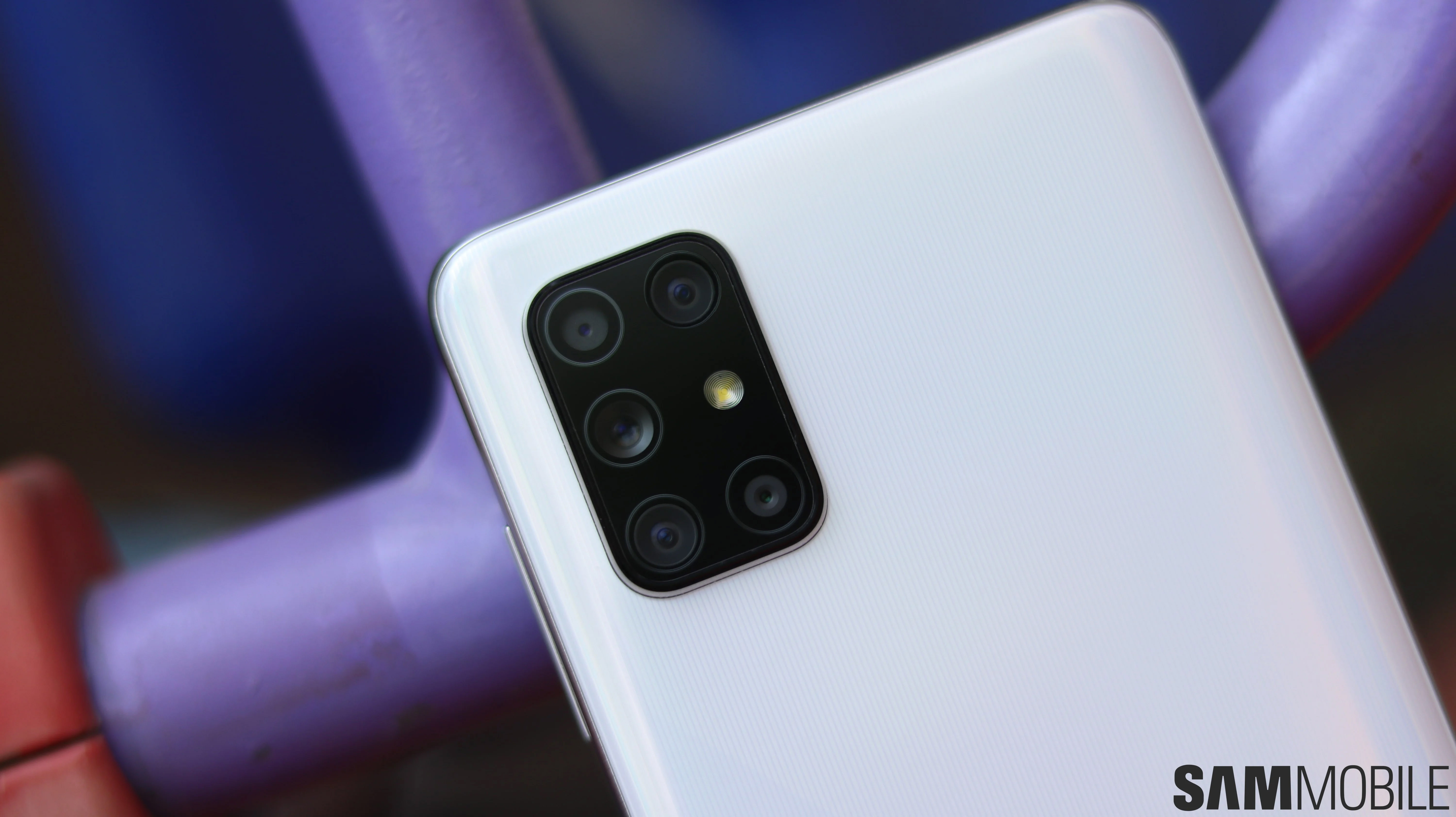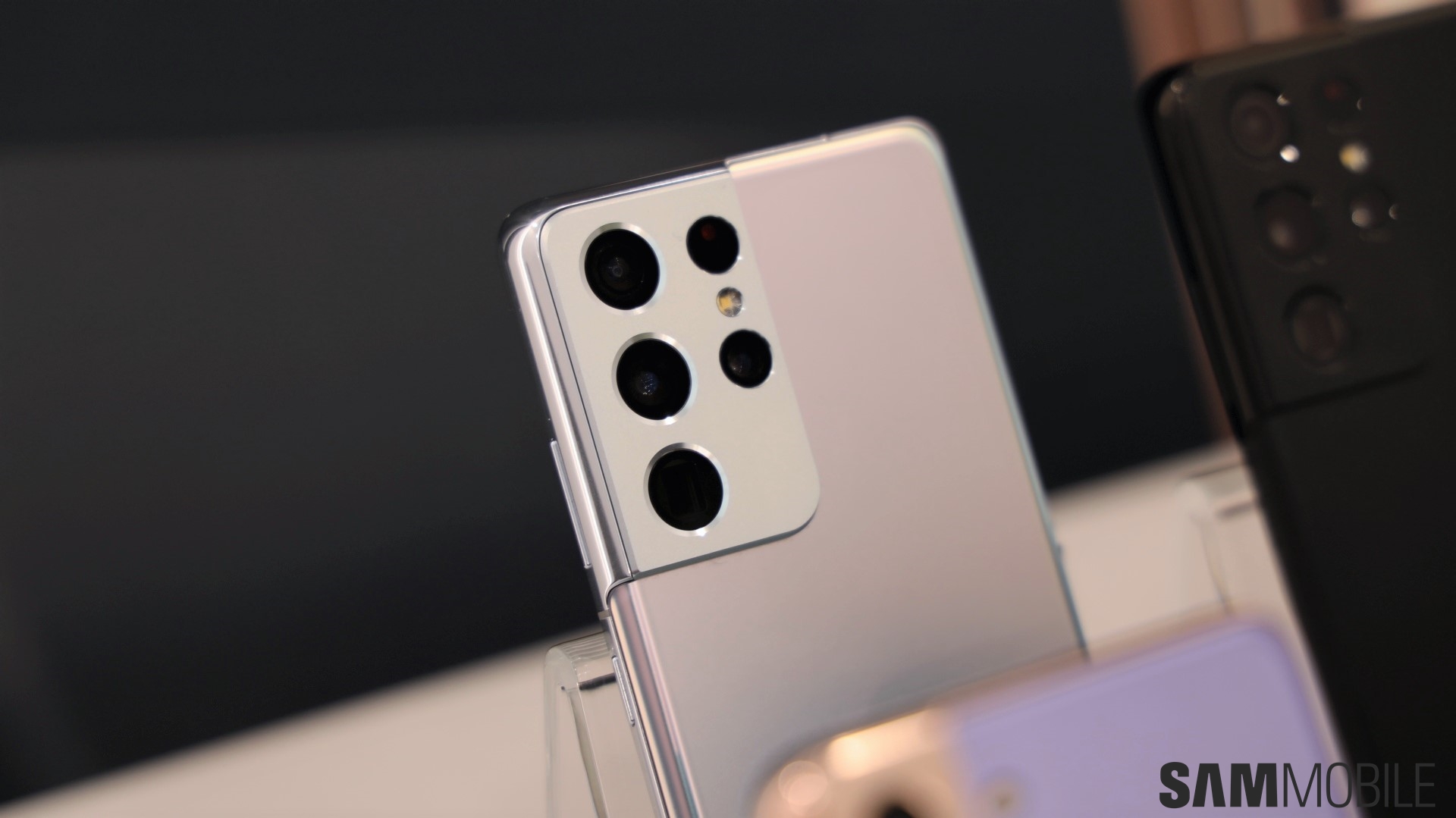
The increased demand for image sensors mainly comes from Chinese smartphone vendors such as Xiaomi, OPPO, Vivo, and Realme, who rely on Samsung’s massively popular ISOCELL image sensors. It is quite common for Samsung to test its image sensors on other OEM’s devices before using them in their in-house offerings. For example, the ISOCELL GN2 sensor made its debut alongside the Xiaomi Mi 11 Ultra but is yet to be seen on a Samsung smartphone. Then again, it isn’t just smartphone vendors driving up demand for image sensors. They are also used in a load of IoT devices and even automotive parts.
Tesna, LB Semicon and Nepes Ark’s endeavours will also take some load off Samsung’s DRAM production facilities, which had to be repurposed earlier this year to keep up with CIS demand. Samsung could even repurpose the aforementioned facilities into semiconductor plants. That will greatly help the likes of Qualcomm and AMD, who rely on Samsung foundries for their hardware. In conjunction with the proposed manufacturing unit in Texas, Samsung Foundries will be capable of pushing out a lot more semiconductors, of which there is a global shortage.




